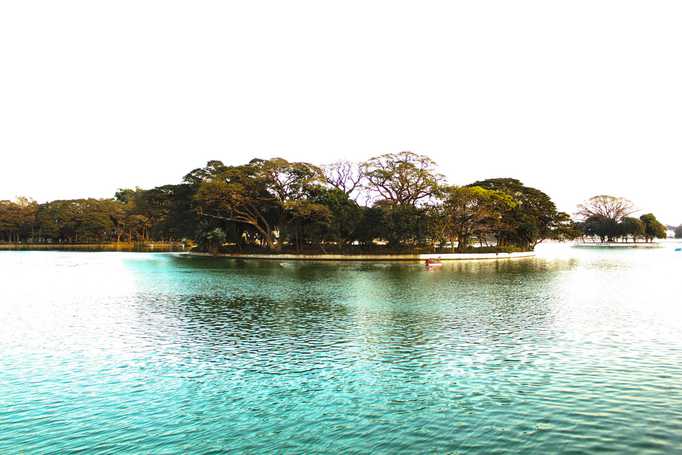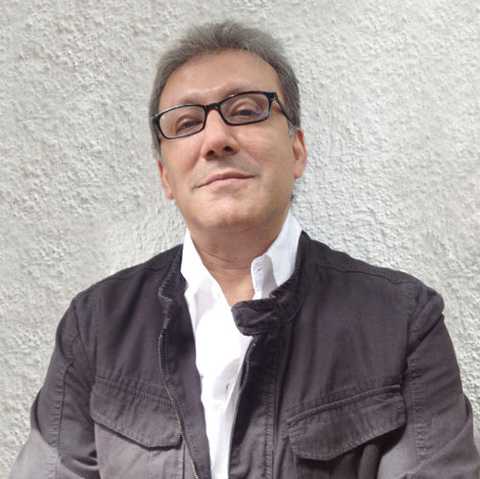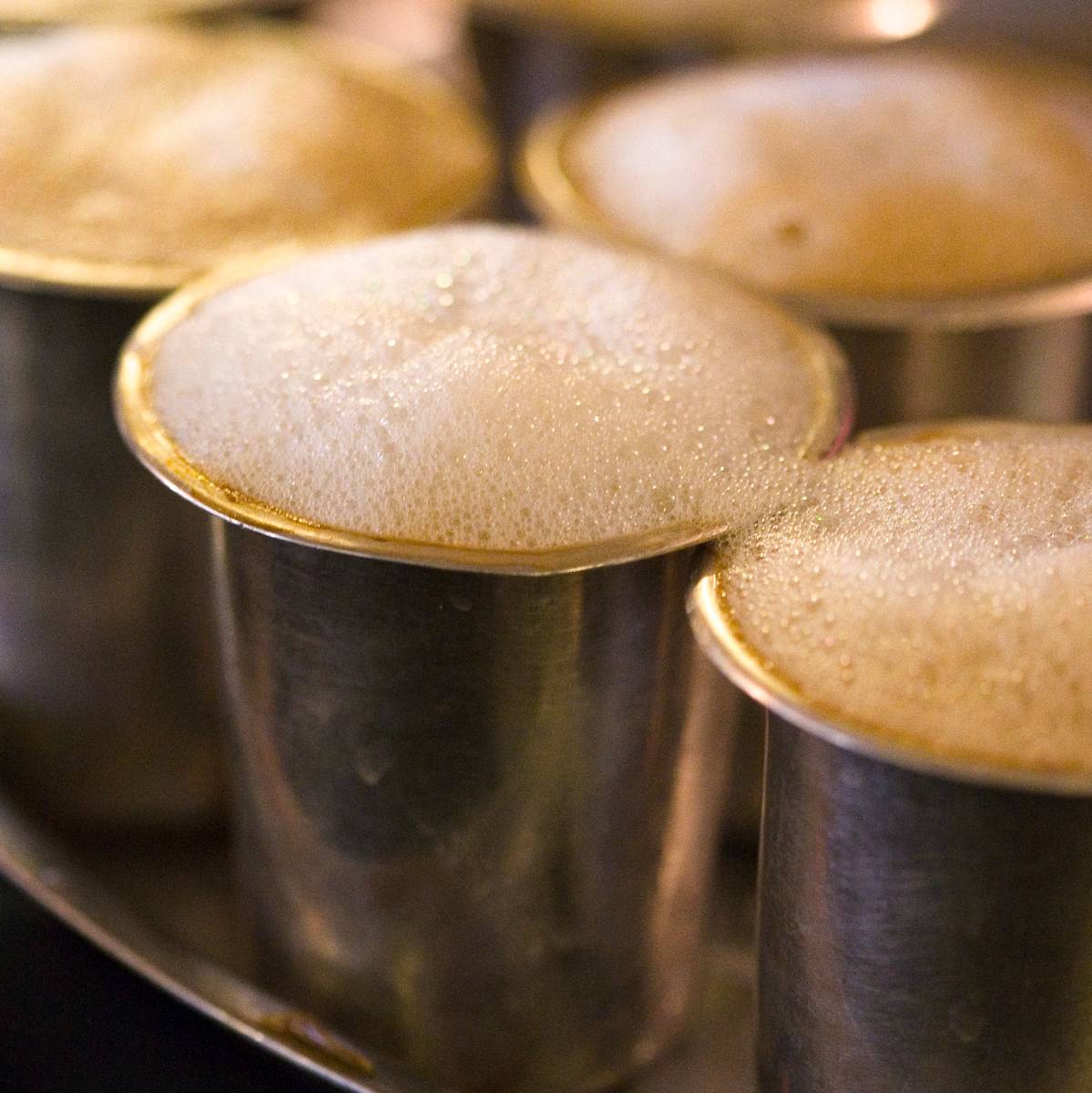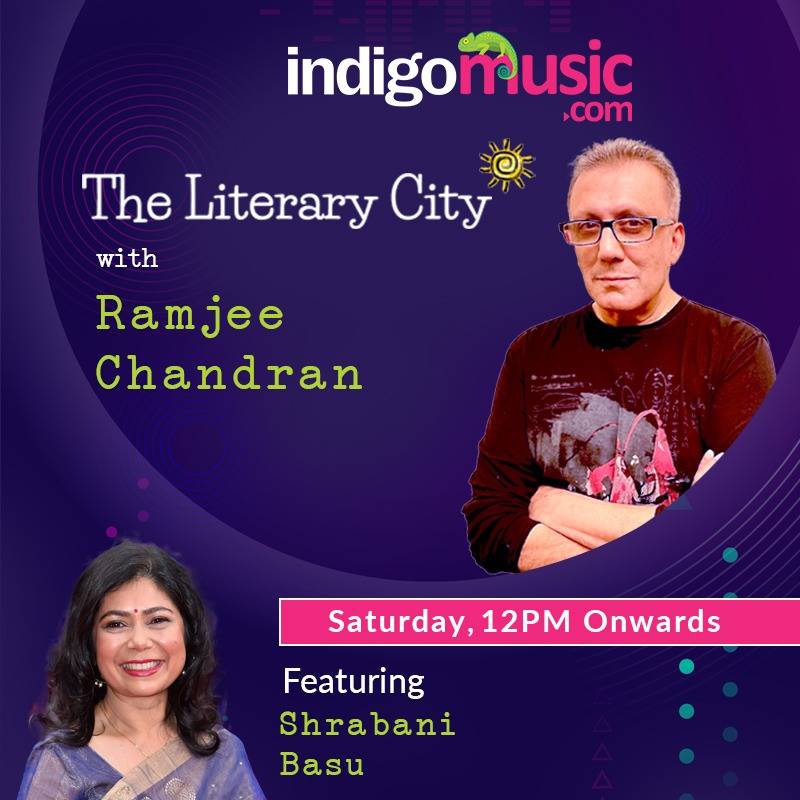Once Upon A Time There Were 280 Lakes In Bangalore
Lakes were commonplace in Bangalore. In the 60s, there were 280 lakes in Bangalore - largish bodies of water at any rate.
Feb 20, 2021, 18 49 | Updated: Nov 09, 2021, 17 42
Here's a great way to get the insider's perspective on Bangalore: get the outsider’s perspective.
Some months ago, I fav'd a hilarious tweet.
It had a photo of tourists on a motorboat on Ulsoor Lake. The tweet photo-caption read, "illegal immigrants sneaking into the city".
I wiped the tears of LOL from my eyes and re-tweeted it.
When I mentioned to this to a friend, she snorted scathingly and said, "Lake? 'snort!" (The snort was brutally dismissive.)
Me: "What do you mean by 'Lake" 'snort!'?"
She: "Well, now they're tourists on the lake but before you know it, they'll move in here and want to buy an apartment and settle here permanently."
Me: “What’s wrong with that? So did you and I and everyone else in Bangalore.”
She: “Right, but these boat people will buy an apartment on a property reclaimed from a lake.”
“Boat people”? “Settle here ‘permanently’?” “Lake? ‘snort!’?”
What was this chick? A colonial relic bemoaning the new immigrant with her ‘oh there goes the neighbourhood’ diatribe?
Here’s the kicker - my pal had only lived in Bangalore for about five years but already she was claiming the territory for herself... having got her husband to pee on all the trees, I suppose.
New settlers in Bangalore, like new converts, are most enthusiastic about the city.
Who should penalise them for their love?
It’s an old sentiment that boat people—recent immigrants, they are - would like the city to stop growing the second they have bought their apartment. Even an apartment in a building that probably stands on a drained lake.
And for those who pose horror at the news of drained lakes, here’s real news for them: Bangalore has been built on drained lakes.
Take Cubbon Park. It was designed to sustain itself using rainwater.
The theory was that rain would fall on the top of the hill (which is now Chinnaswamy Stadium) and the water would flow down the hill over Cubbon Park and collect finally in Sampangi Lake. (Which is now Kanteerava Stadium.)
The architect of Cubbon Park, Richard Sankey, conceived of four ponds that would collect the rainwater. These ponds would hold the water such that they would provide groundwater to the trees. The spill would flow to the lake.
The top of the hill is a cricket stadium. The lake is a sports centre.
(But there is still a hill on which rainwater falls and there is still a park over which it can flow. In theory, the ponds can still collect and provide succour for the trees. And then they started building the High Court extension... another day, another story.)
If you knew Bangalore in the 60s or the 70s, you probably have long stopped caring.
Lakes were commonplace in Bangalore.
In the 60s, there were 280 lakes in Bangalore - largish bodies of water at any rate.
Most of them were man made, by the British or the Wodeyars; while the lakes provided drinking water and increased groundwater, they also positively influenced the microclimate of the city.
By the early 90s, that number of lakes stood reduced to about 80.
Today, there remain about 15 lakes in the city.
And even these 15 are not all like Ulsoor Lake, with immigrants in boats. Many of them are weed-infested, or polluted by local industry or by development.
The cry of anguish most heard whenever an old Bangalorean tells this story is, “Where did all the lakes go?!”
Here’s a small list of places that were once lakes.
The Kanteerava Stadium was once Sampangi Lake.
The football stadium in Richmond Town was once Shoolay Lake.
Dharmanbudhi Lake was drained to create the Kempegowda Bus Station.
So that we could have more golf, the Challaghatta Lake became the Karnataka Golf Association. Some friends say that it was a swamp and was drained in the name of fighting malaria. But wasn’t part of the lake also turned into some parts of Domlur’s residences?
No, that was the Domlur Lake, which now houses the BDA Layout.
Miller’s Tank is now where the Guru Nanak Bhavan stands.
What was the Koramangala Lake was drained to house the National Games Complex in Ejipura.
Several less-known but strategically important lakes in the city including the ones in Subhashnagar, Kurubarahalli, Kodihalli, Sinivaigalu and Marenahalli were drained and developed into residential neighbourhoods. For example, the entire J.P. Nagar 6th Phase was once Puttennahalli Lake.
Experts in city planning have told me, aggressively, that we could have expanded Bangalore even to its present levels without having drained a single lake.
Who dunnit?
Looking around the city, I place the blame for its decline at the feet of us, the old Bangaloreans.
We had the chance to speak up and only a very few of us Bangaloreans did—notably, civic activist Leo Saldanha or activist judge Michael Saldanha (no relation to Leo, I believe) and their ilk.
The rest of us watched while the city was pillaged and parcelled away.
For some reason, those lakes were never a visible part of our lives. As long as we could see Sankey Tank and Ulsoor Lake, we did not think of the other 278.
We never had a Google Earth perspective on the problem.
And then we, old Bangaloreans, have built ourselves cocoons and secret passageways to live in and navigate the city that gave us asylum from India for all these years.
And we have been really busy enjoying the bounty of a booming economy to bother to protest city zoning, which could keep us from cashing in on the pieces of the city we inherited.
The new Bangalorean is more recently vested in the city. At a higher price.
They are the new old Bangaloreans.
As for the shitty legacy we left our next generation... to them and to all new Bangaloreans, I’m sorry.
--------------------------------------------------------------------
Ramjee Chandran is Editor-in-Chief and MD of Explocity.
rc@explocity.com (E-mail).
@ramjeechandran on Twitter.








